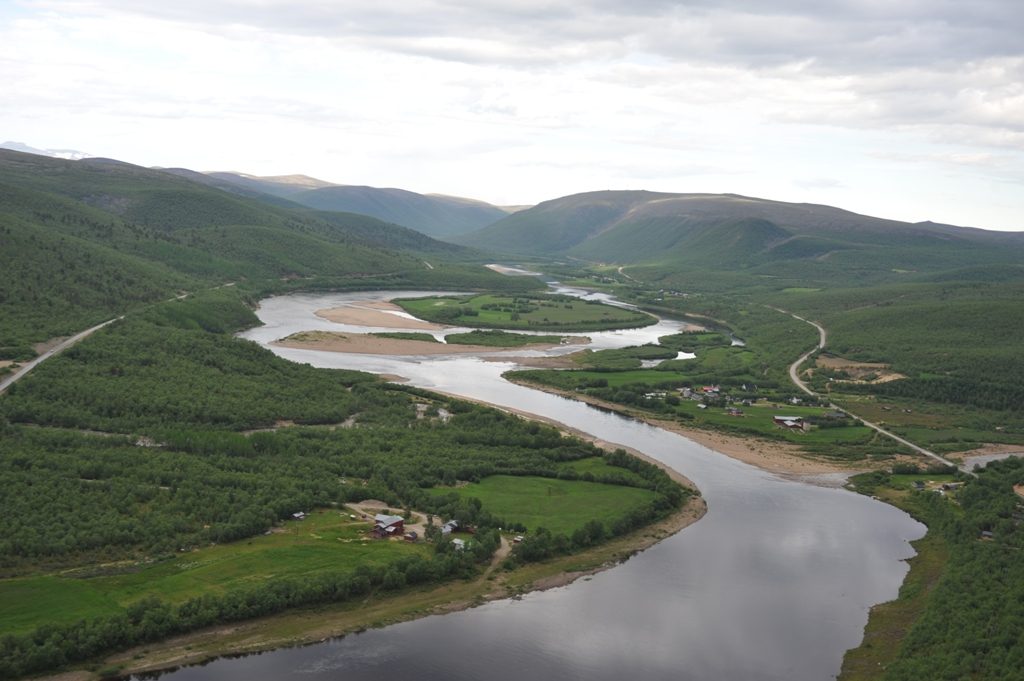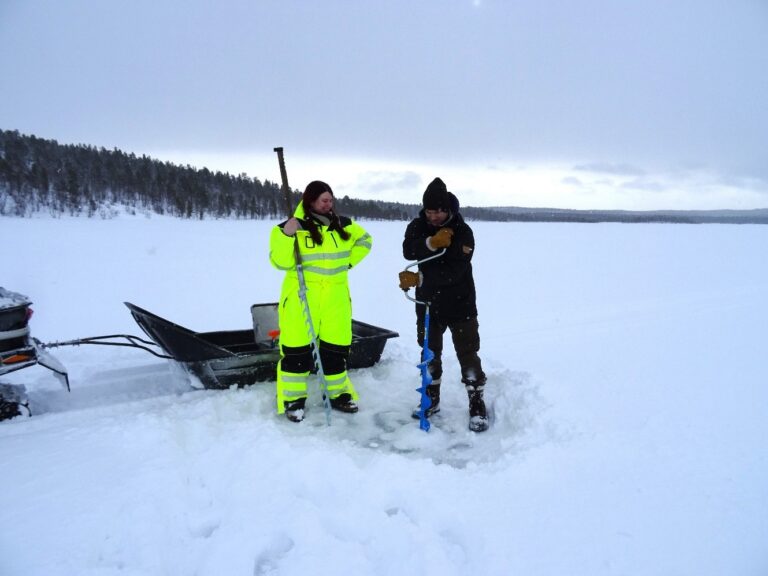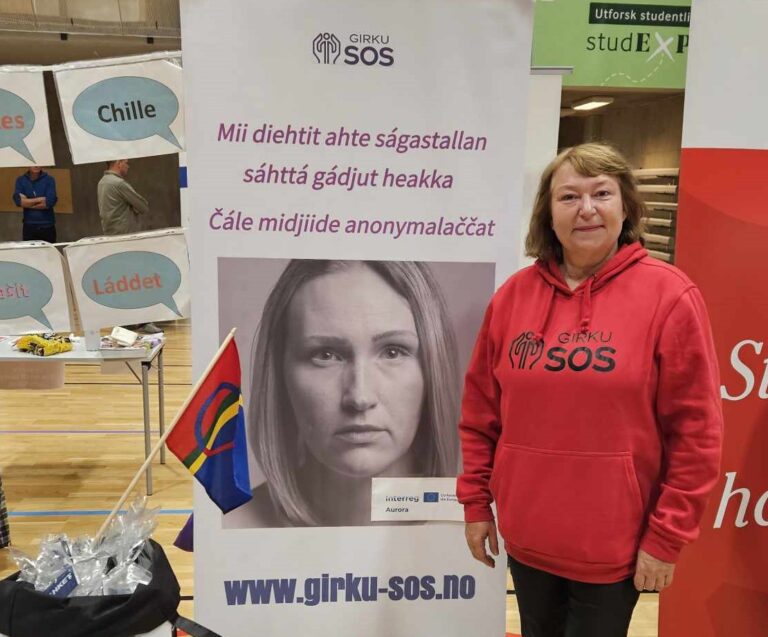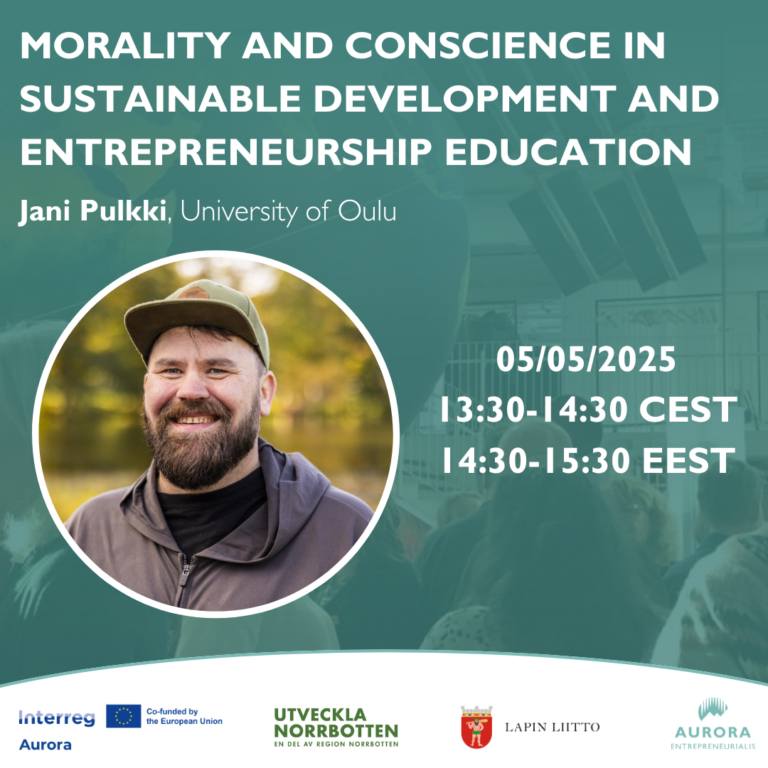On 11th of December a workshop on contingency planning was arranged by the Interreg Aurora project Our Precious Transboundary Waters, as a part of Finnish-Norwegian cooperation regarding preventive measures for the spreading of the lethal salmon parasite Gyrodactylus salaris.
A spread of the lethal salmon parasite G. salaris will have devastating ecological consequences for the native wild salmon stocks in the northern cross-border waters, the Tana and Neiden rivers. This will again influence the inhabitants of the area and especially the Sámi culture. It is therefore of uttermost importance to protect the Tana and Neiden rivers salmon populations from G. salaris infection, by all possible means. In worst case, if an infection would occur, there should be a joint action plan, for quick and effective measures as well as resources for actions. Contingency planning is preparation for the worst. In additional to Finnish and Norwegian national contingency plans there will be a common Finnish-Norwegian part as a “roof-plan” (a harmonized plan), which will include common measures for both countries as well as communication activities.
So far, the project has arranged international expert meetings of the Norwegian and Finnish Food Safety Authorities, the Natural Resources Institute Finland and the Norwegian Veterinary Institute discussing the follow questions:
- Which are the responsibilities of the different authorities in Finland and Norway in case of the infestation of salaris in Tana and Neiden rivers?
- What updates are needed for the Norwegian contingency plan and what should be a content of the Finnish plan?
- Should the contingency plan include preventive measures? Discussion on different infestation scenarios of salaris into Tana and Neiden rivers
- Monitoring and infection detection methods including environmental DNA/ eDNA?
- Which measures are to be taken if infection is detected.
The Interreg Aurora project Our Precious Transboundary Waters is appointed an Operation of Strategic Importance. Read more about the project.
Photo: Tana River. Photo by ELY Centre Lapland.





